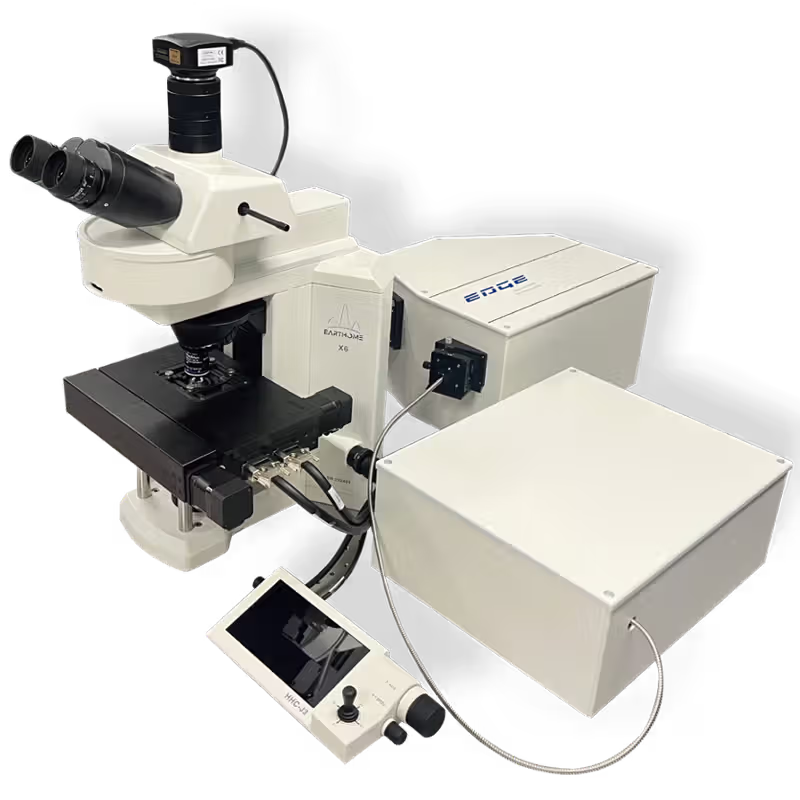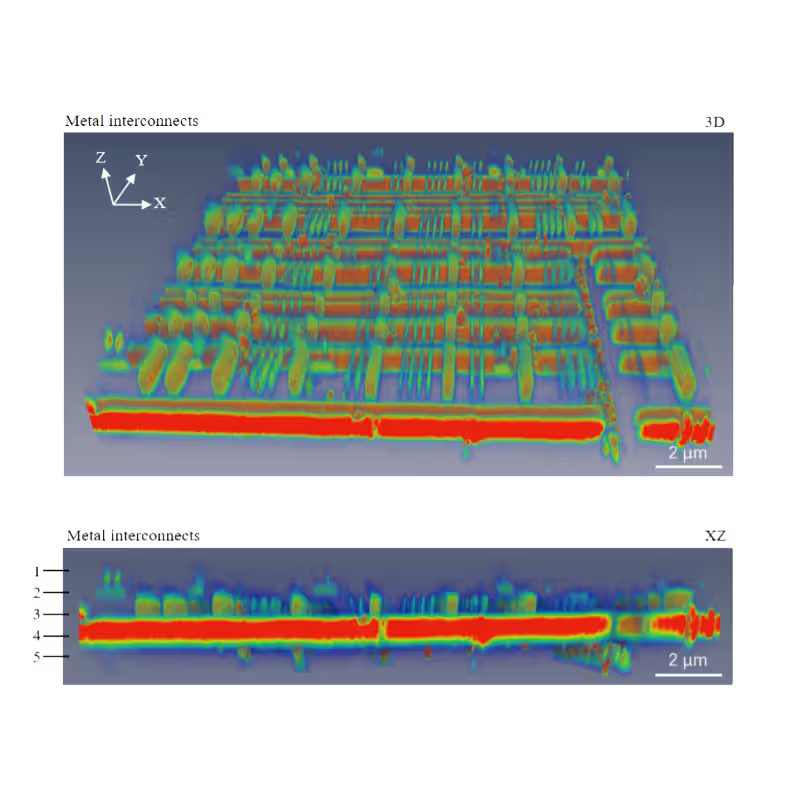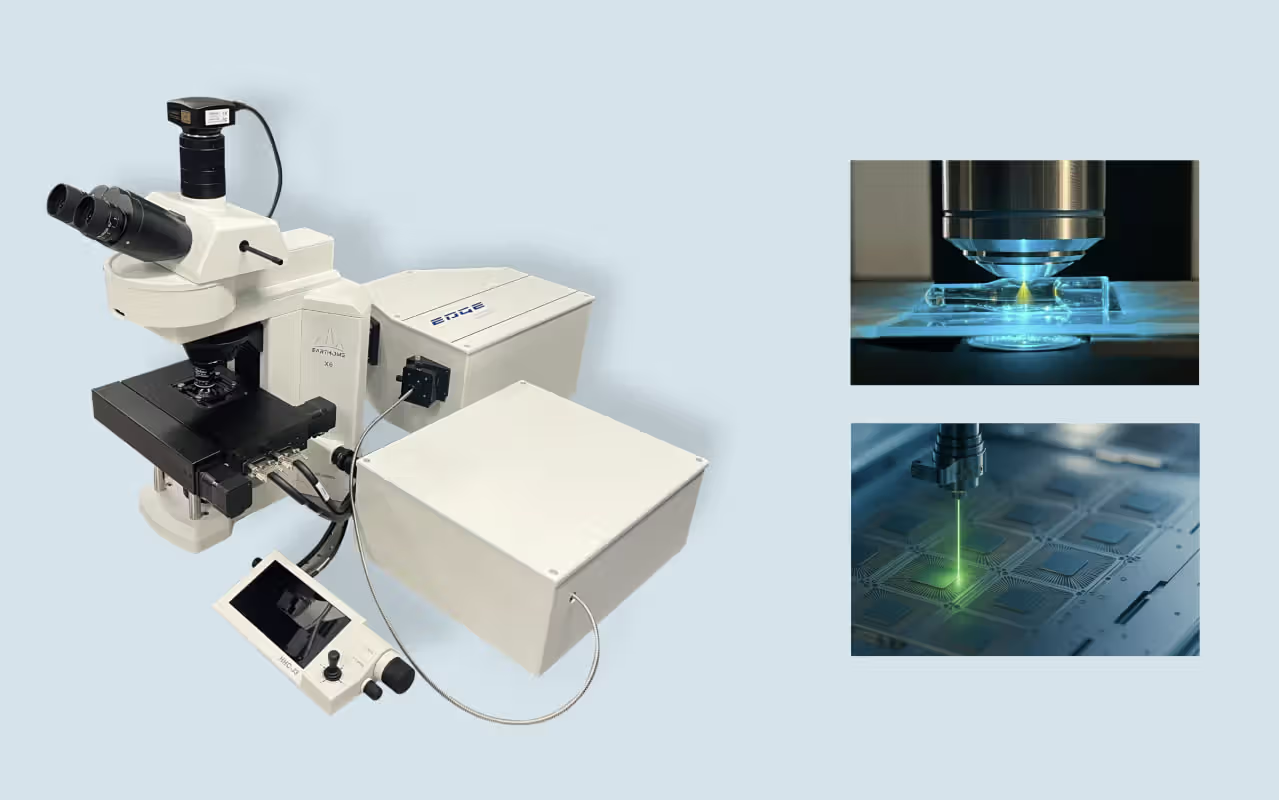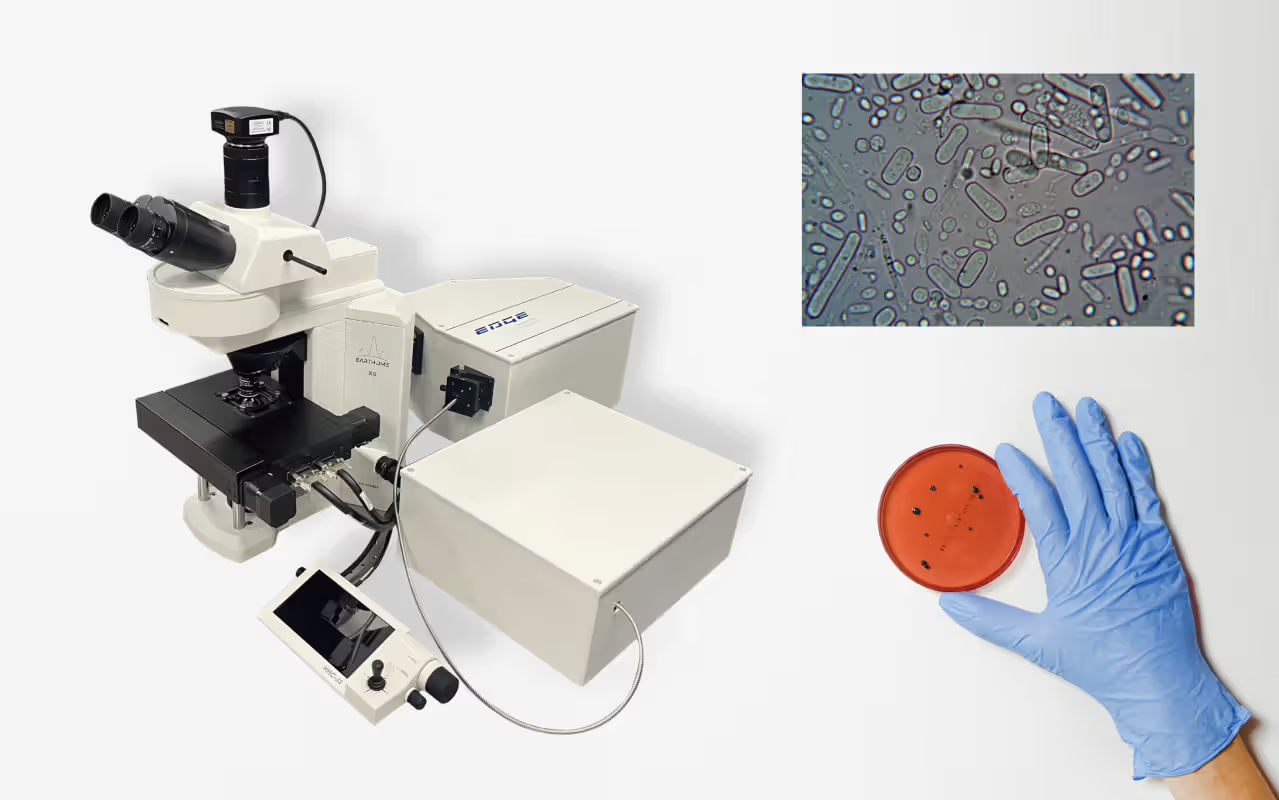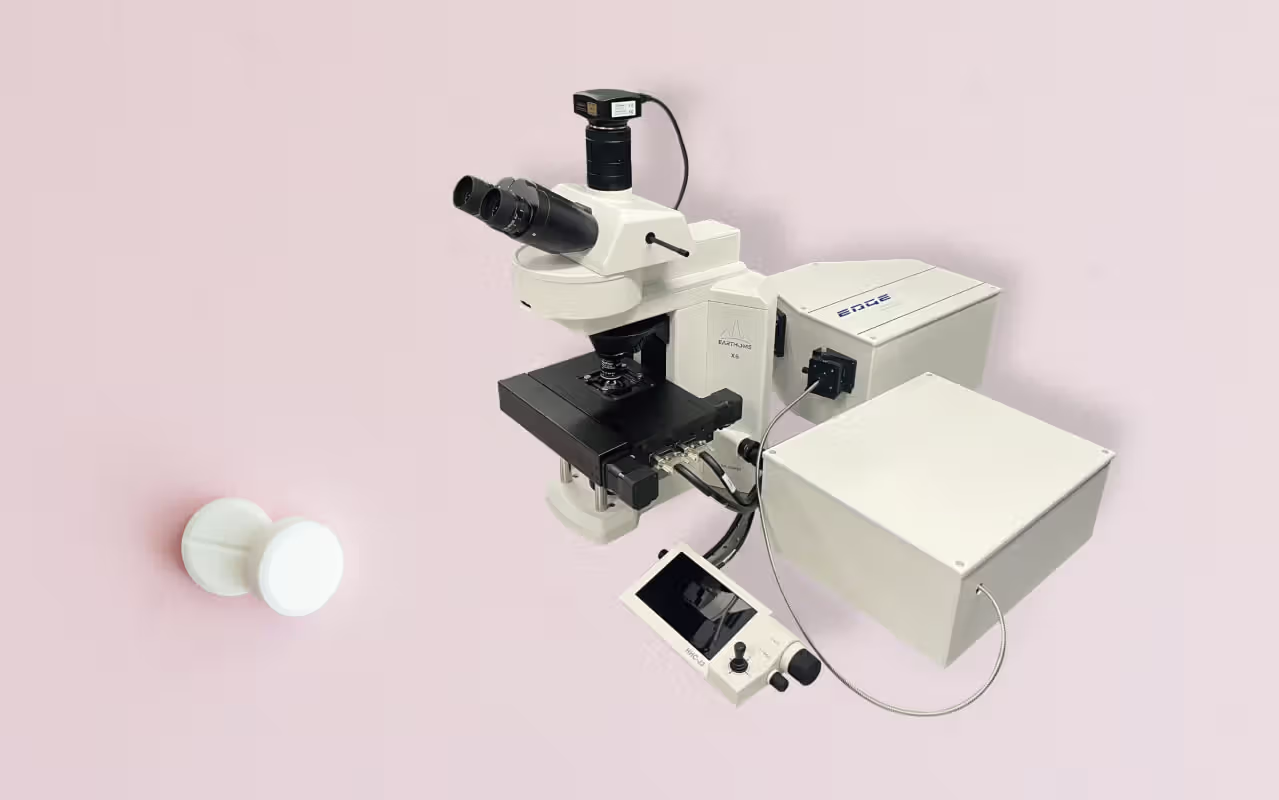Exploring Raman Scattering: The Fascinating Encounter Between Light and Molecules
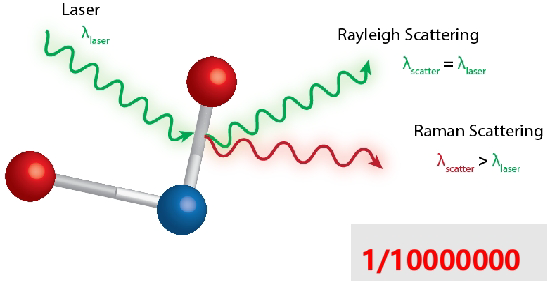
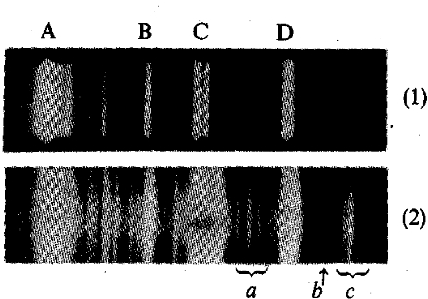
Figure 2 Experimental results of Raman's first discovery of the Raman phenomenon
When a beam of light passes through matter, most photons follow the "return along original path" rule—this is the familiar Rayleigh scattering. But among trillions of collisions, a tiny fraction of photons "misbehave" by altering their energy. This "rebellious" phenomenon opens the door to observing the microscopic world: Raman scattering. When a beam of light passes through matter, most photons follow the "return along original path" rule—this is the familiar Rayleigh scattering. But among trillions of collisions, a tiny fraction of photons "misbehave" by altering their energy. This "rebellious" phenomenon opens the door to observing the microscopic world: Raman scattering.
I. A Century-Spanning Scientific Discovery
In 1923, Austrian physicist Adolf Smekal first predicted the phenomenon of inelastic light scattering. However, it was Indian scientist Chandrasekhara Raman who transformed this theory into reality[1]. In 1928, he conducted a groundbreaking experiment using sunlight: by employing narrow-band filters to create monochromatic light and "transverse" filters to block the primary light, he unexpectedly discovered new light frequencies penetrating the filters—marking humanity's first observation of Raman scattering.
The difficulty of this discovery was extraordinary. Spontaneous Raman scattering has a cross-section of merely 10-28~10-30cm-1, meaning fewer than 1 in 107 incident photons converts to Raman photons. Without lasers, Raman detected this faint signal using only sunlight—a testament to his ingenious experimental design. In 1930, this achievement earned him the Nobel Prize in Physics, making him Asia's first laureate in this category and permanently etching the "Raman Effect" into scientific history.
In 1923, Austrian physicist Adolf Smekal first predicted the phenomenon of inelastic light scattering. However, it was Indian scientist Chandrasekhara Raman who transformed this theory into reality[1]. In 1928, he conducted a groundbreaking experiment using sunlight: by employing narrow-band filters to create monochromatic light and "transverse" filters to block the primary light, he unexpectedly discovered new light frequencies penetrating the filters—marking humanity's first observation of Raman scattering.
The difficulty of this discovery was extraordinary. Spontaneous Raman scattering has a cross-section of merely 10-28~10-30cm-1, meaning fewer than 1 in 107 incident photons converts to Raman photons. Without lasers, Raman detected this faint signal using only sunlight—a testament to his ingenious experimental design. In 1930, this achievement earned him the Nobel Prize in Physics, making him Asia's first laureate in this category and permanently etching the "Raman Effect" into scientific history.

Figure 1: Photon-Molecule Interaction in Raman Scattering
II. The "Fingerprint" of the Microscopic World
At its core, Raman scattering represents an "energy dialogue" between photons and molecules. When laser light interacts with system phonons, photon energy undergoes subtle increases or decreases. These energy shifts act like molecular "fingerprints," precisely reflecting microscopic motions such as lattice vibrations and molecular rotations.
This characteristic makes Raman spectroscopy a powerful tool for analyzing material structures. Compared to infrared spectroscopy, it holds a unique advantage: near immunity to water interference. This makes it exceptionally valuable for studying biological samples, aqueous solutions, and more. From polymer analysis to nanomaterials, semiconductor chips to ancient mural pigments, blood samples to explosive detection—Raman spectroscopy serves as a "versatile detection master."
At its core, Raman scattering represents an "energy dialogue" between photons and molecules. When laser light interacts with system phonons, photon energy undergoes subtle increases or decreases. These energy shifts act like molecular "fingerprints," precisely reflecting microscopic motions such as lattice vibrations and molecular rotations.
This characteristic makes Raman spectroscopy a powerful tool for analyzing material structures. Compared to infrared spectroscopy, it holds a unique advantage: near immunity to water interference. This makes it exceptionally valuable for studying biological samples, aqueous solutions, and more. From polymer analysis to nanomaterials, semiconductor chips to ancient mural pigments, blood samples to explosive detection—Raman spectroscopy serves as a "versatile detection master."

Figure 2 Experimental results of Raman's first discovery of the Raman phenomenon
III. From Laboratory to Practical Applications
Modern Raman spectroscopy systems have evolved dramatically. They now integrate optical microscopes, high-precision laser sources, spectrometers, and sensitive detectors (e.g., CCD or PMT), enabling analysis of particles smaller than 1 micron. Crucially, samples require no cutting or fixation, achieving the ideal of "non-destructive testing."
The advent of confocal Raman technology has further revolutionized microscopic observation. By confining signal collection to extremely small areas, it acts like a "molecular magnifier" for microscopes—allowing scientists to visualize chemical distributions within cells or identify structural defects in nanomaterials.
From Raman's rudimentary experimental setup to today's sophisticated instruments found in research institutes and industrial settings, this discovery has journeyed nearly a century. Yet its story continues: in quantum computing, biomedical research, and other cutting-edge fields, Raman scattering keeps revealing new scientific wonders, perpetuating the extraordinary conversation between light and matter.
The advent of confocal Raman technology has further revolutionized microscopic observation. By confining signal collection to extremely small areas, it acts like a "molecular magnifier" for microscopes—allowing scientists to visualize chemical distributions within cells or identify structural defects in nanomaterials.
From Raman's rudimentary experimental setup to today's sophisticated instruments found in research institutes and industrial settings, this discovery has journeyed nearly a century. Yet its story continues: in quantum computing, biomedical research, and other cutting-edge fields, Raman scattering keeps revealing new scientific wonders, perpetuating the extraordinary conversation between light and matter.
[1] C. V. Raman, K. S. Krishnan. The optical analogue of the Compton effect. Nature, 1928, 121(3053): 711

